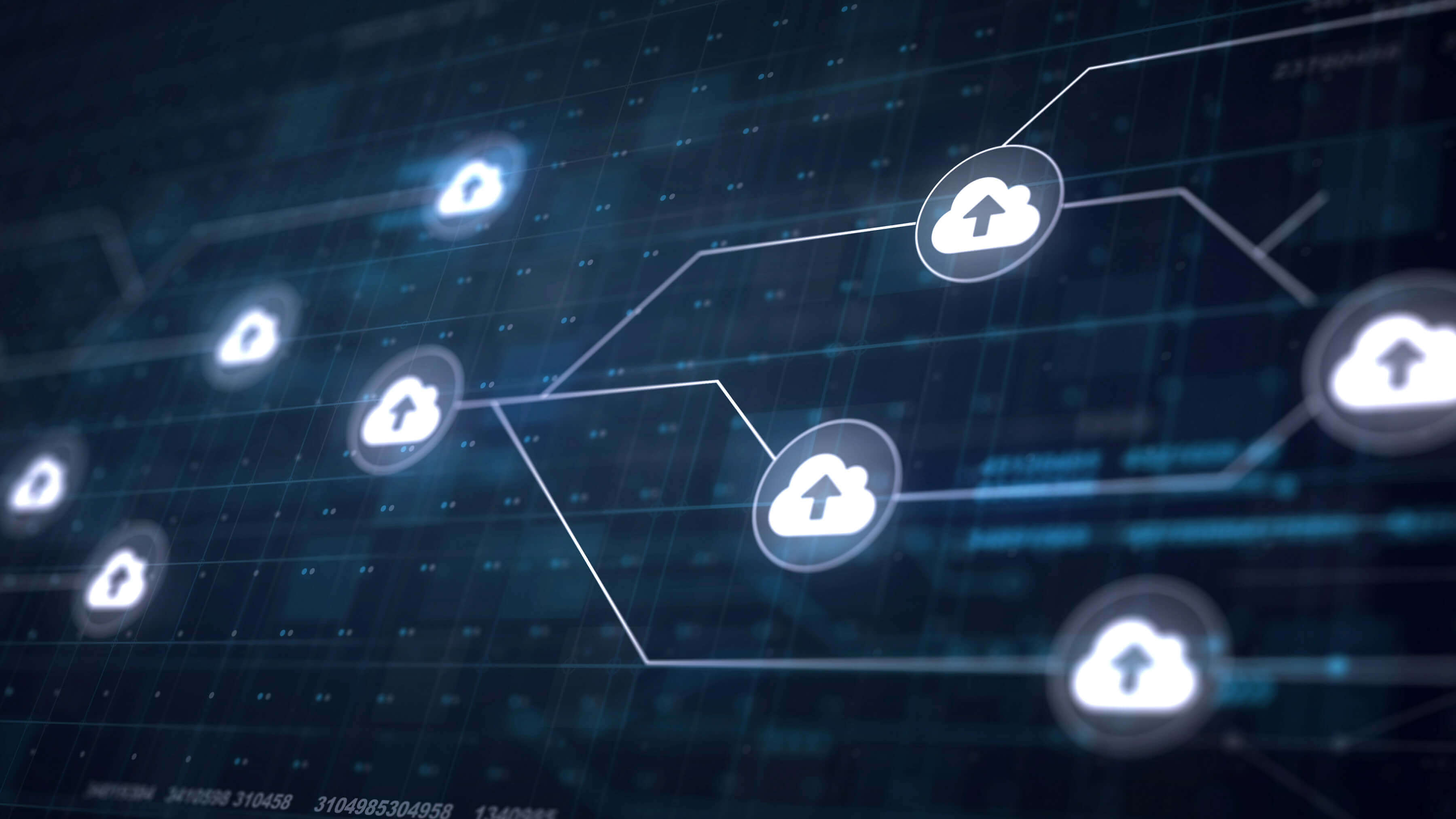Customer challenge:
The corporate IT department of this automotive conglomerate was managing 150 applications across PHP, .Net, Java, SharePoint for its various business units. These applications were built over a period of time on multiple technology platforms.
The client wanted to modernize its applications and make them future proof for better fitment with the business, rapidly evolving technologies and changing customer preferences.
- Ensuring the migration doesn’t disrupt existing IT service management processes, such as patches and enhancements, or the workloads managing such processes.
- Implementing appropriate levels of security controls and regulatory compliance.
- Making IT relevant for business. Huge server cost and server administration cost was required to keep 150 applications running.
- Handling enhancements was quite a challenge due to lack of source code documentation.
- Older version applications had performance, vulnerability issues. Disproportionate coding efforts were required for any new feature addition.
- Multiple technologies added complexities leading to integration issues. The legacy technology stack residing in applications could lead to operational risks in the near future due to lack of skills availability.
Krios solution:
Krios was engaged to help the client achieve agility by bringing in the best combination of its application modernization, DevOps advisory and cloud migration services to modernize core business applications. Krios commissioned its application modernization suite to fast track clients’ full-stack migration of apps, infrastructure, security and DevOps. We started with an application assessment of 150+ applications to establish program contour.
As a next step of application portfolio rationalization, Krios experts evaluated the business criticality of the applications, the currency and relevancy of the technology, the cost of maintaining the applications. This exercise helped in categorizing the applications in three categories viz (1) Remediation (which applications can be enhanced with new functionality so that those will be easier to maintain and part of a highly-scalable framework), (2) Re-platform services (which applications can be moved to a newer, less expensive and more efficient technology platforms), (3) Migration services
This was followed by the design and build step. We set up a secure cloud environment and migration tools. Some of the applications were moved to a scalable micro services architecture. New functionality was added to make them more relevant and easier to maintain.
The application modernization exercise was followed by the implementation of a centralized ticketing systems for effective control on application usage performance. The application modernization exercise was followed by the implementation of a centralized ticketing systems for effective control on application usage performance.
Results:
- Eliminated the investment of client’s data centers in a phased manner.
- A structured, holistic and agile migration factory approach ensured light code scalable applications built on micro services architecture. A systematic approach of source code, documentation, development, UAT process framework.
- Reduction in license cost across 150+ applications. Reduction in server cost maintenance.
- Reduced operational risk of non-availability of experts for some legacy technologies as applications ere moved to a modern platform.
- Cloud deployment reduced the threat of hardware failure and ensured reduction n e-waste, server room space and associated amenities.
- One place to collect tickets across all applications – dashboard to have an objective view of application performance, ticket categorization and enhance application usage.
